‘It’s stuffed’: Mass blackouts feared as Australia’s ‘third world’ power grid buckles under weight of a raging summer
Aussies are being warned to brace for a summer of power blackouts as the country’s “third world” electricity grid buckles under pressure.
Australians are being warned to prepare for a “tough” summer of rolling power blackouts as the country’s “third world” electricity grid buckles under growing pressure.
Households and businesses across New South Wales were urged this week to keep the lights off, avoid the use of washing machines and to not run air conditioners, amid fears of shortages that could plunge the state into darkness.
While the potential crisis was largely avoided, energy expert Paul Broad, an economist and the former boss of the Snowy Hydro project, fears the worst as a particularly intense summer bears down.
“We’ve had some really mild summers over the past three or four [years],” Mr Broad told The Daily Telegraph.
“It’s hidden the precarious position that our energy sector has got itself into. It’s a reflection on some of the really ill-considered policies and the rush to close our baseload power plants.”
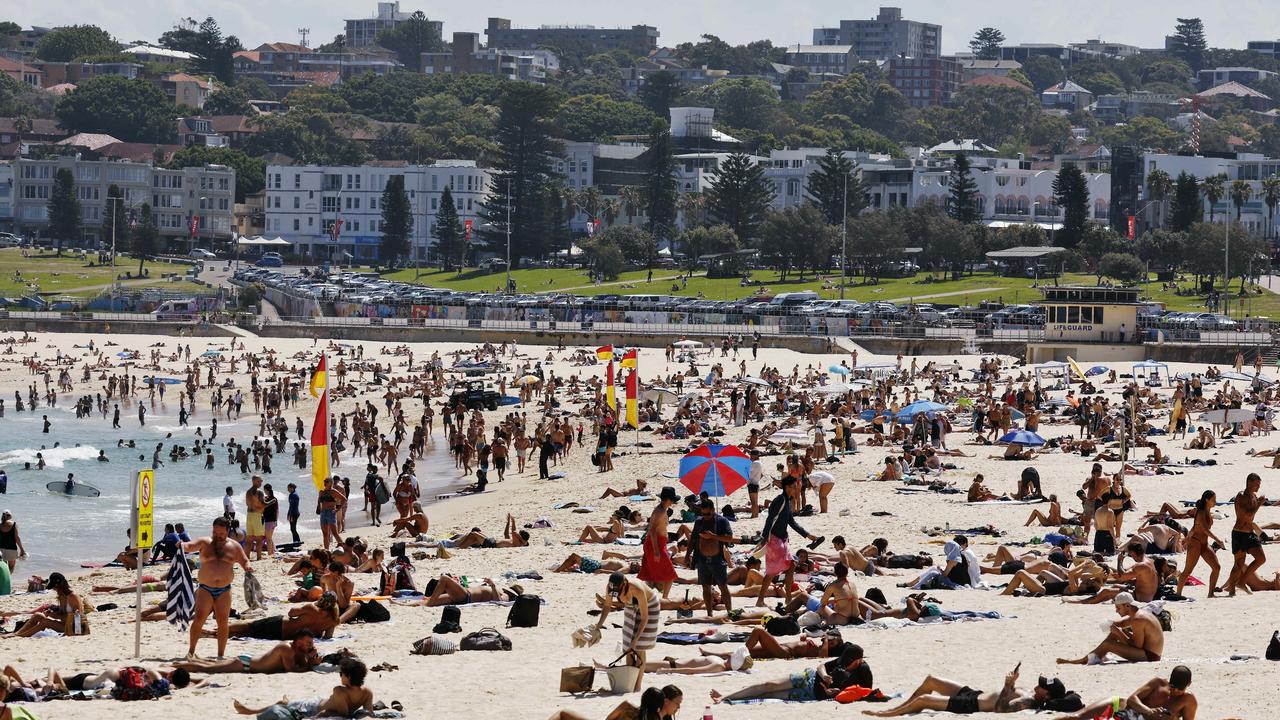
The transition away from coal to renewable energy has seen an under-investment in the maintenance of legacy coal-fired production infrastructure, Mr Broad said.
This week’s fiasco in NSW was sparked by four coal-fired power generators at three separate plants being shut off for repairs or maintenance just as extreme heat hit.
Premier Chris Minns conceded renewal energy sources weren’t able to fill the gap.
“Solar production in the energy market starts to come off from 3pm at exactly the same time as people return home from work,” Mr Minns told reporters.
He was asked whether the shortage was a sign that the grid needs coal, he said: “Everyone knows that coal has generated most of NSW’s electricity for decades in the state, but we are in a transition period.”

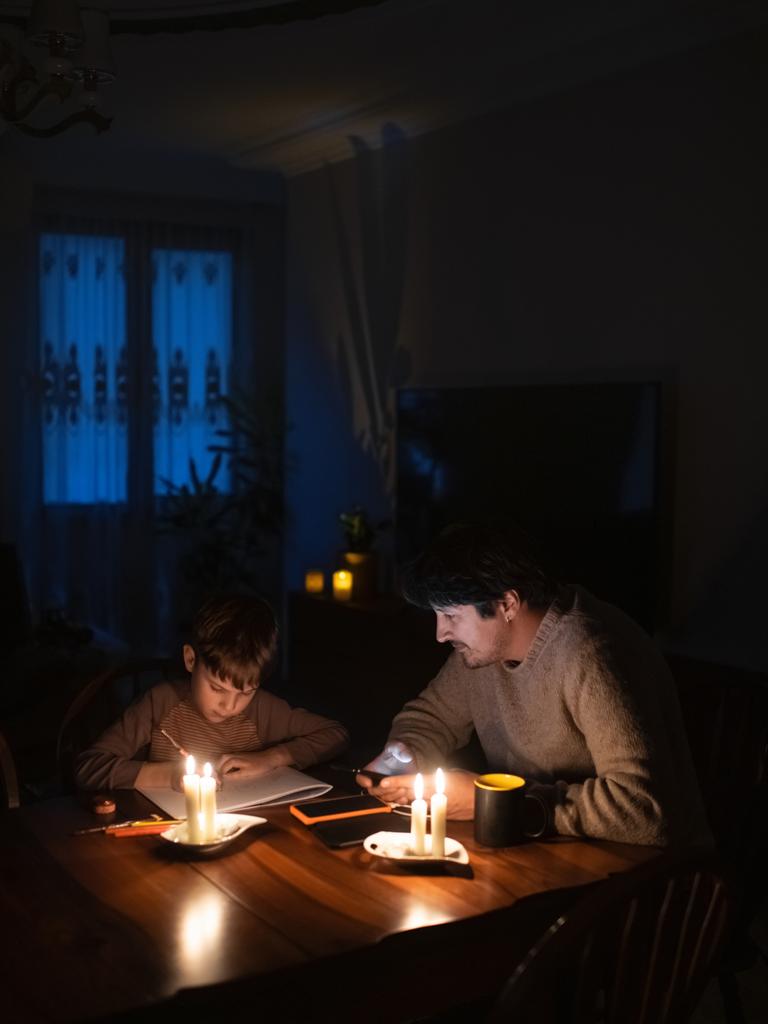
But the scenario isn’t unique to NSW, with fears that inadequate electricity generation could be a feature for large parts of the country over coming months.
A sign of things to come
The only reason NSW wasn’t hit by mass blackouts is because residents, business and government departments had complied with urgent orders to drastically limit power usage.
“We did avoid the blackout as a result of a big effort from industry, government and from households [and] businesses, and we’re grateful for that,” the state’s Energy Minister Penny Sharpe told 2GB.
But Mr Broad said the race to meet ambitious climate change targets had left Australia’s energy grid with “third world” capabilities and the situation this week was a sign of things to come.
A number of coal-fired plants have been wound down in recent years, with several more to follow in the coming decade.
“[There’s] a mad rush to drop our living standards … driven by cheap and available energy,” Mr Broad said. “We’re an energy rich nation and here are, with the best coal on the planet … rushing to close [plants]. It’s madness.”
There seems to be “no urgency” to fill the gaps, he said, and “the government is sitting on its hands”.
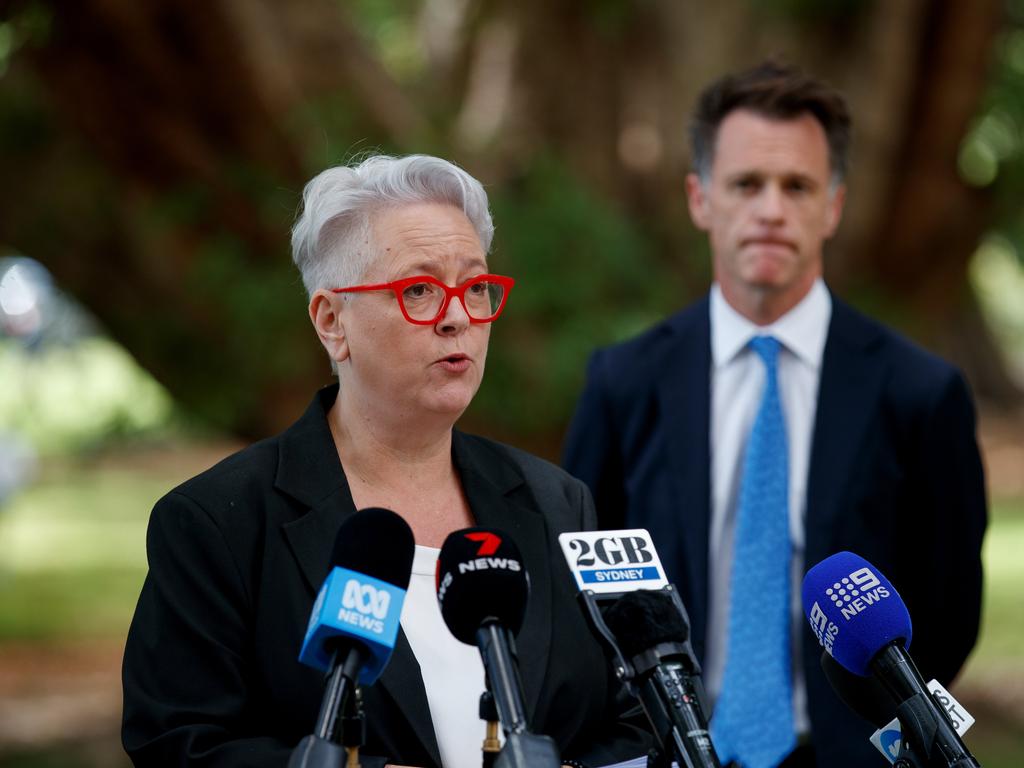
That claim was repeated by federal opposition energy spokesman Ted O’Brien, who said the Albanese Government’s push to slash carbon emissions had “consigned Australians to energy poverty”.
But Energy Minister Chris Bowen hit back, saying it was “disingenuous and dishonest to blame renewables” for coal-fired generators being offline.
Figures released today by the Clean Energy Regulator show a record year for renewables being added to the grid, Mr Bowen said.
In a speech today, he said Australia was driving a “world-beating uptake” in rooftop solar, which he claimed had added more capacity to the system “than the entire fleet of coal-fired power stations across the country”.
“That means households and businesses are winning on two fronts – looking after our future generations by bringing down emissions, and bringing down power bills today, and for years to come.
“Suggestions that Australia should turn its back on advancements such as these and revert to a system dominated by fossil fuels will be the nail in the coffin to Australia reaching net zero by 2050.”
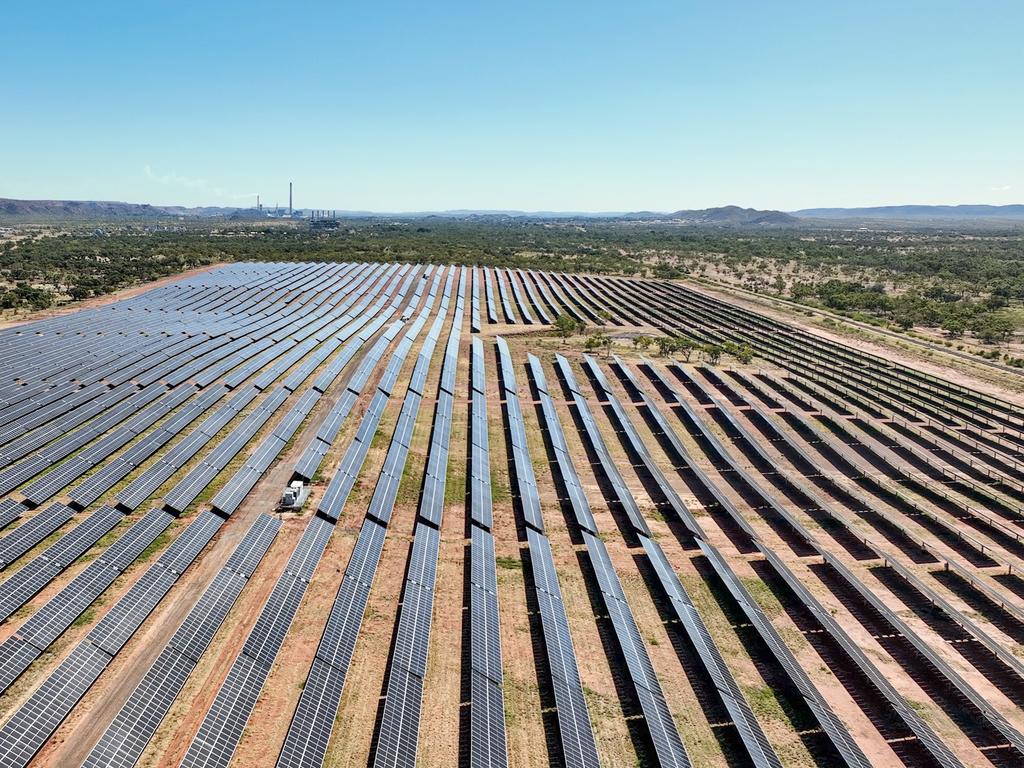
And in parliament this week, Mr Bowen said the situation in NSW was not “an unusual circumstance”.
Experts aren’t quite so sure.
More renewables needed
In NSW, coal-fired electricity has fallen from 80 per cent of the state’s total generation to 50 per cent, with new capacity added via renewables and gas.
But Stephanie Bashir, chief executive of Next Advisory, said NSW is falling behind in the game of catch-up.
“They wouldn’t be scrabbling now if they were properly enabling consumers to manage their own demand, and unleashing development and connection of renewables, including through orderly closure of coal plants,” Mr Bashir told The Sydney Morning Herald.
That’s a scenario playing out across the country, as ageing coal-fired plants are wound down, reducing supply and grid stability.
Saul Kavonic, head of integrated energy, resources and carbon research at global finance giant Credit Suisse, warned of the potential for “much bigger blackouts”.
“We’re seeing coal being shut down, gas capacity and gas investment dropping,” Mr Kavonic told Sky News.
“Even renewable growth has dropped to record lows under the last two years. Every single part of this energy system is a loser right now.”
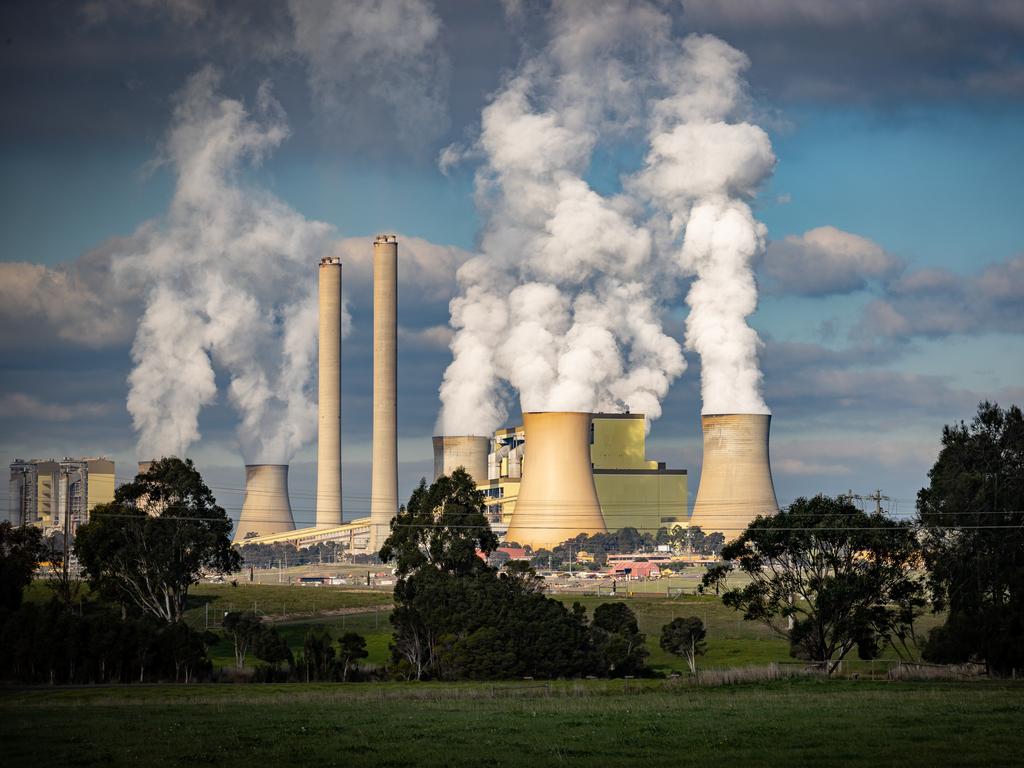
Renewable energy expert Dylan McConnell from UNSW Sydney said the “very tight” nature of the electricity grid coupled with warmer temperatures means there is “not much room for error”.
Across the national electricity market, there’s currently a whopping five gigawatts of coal-fired power unavailable, mainly in NSW and Queensland, but three gigawatts of that was unplanned.
“I would say this is an argument for replacing this capacity faster,” Dr McConnell told the Australian Financial Review.
“The fact that we are now getting these kinds of heatwaves in the shoulder season is also indicative of a warming climate, and an argument for replacing this capacity faster too.”

Last year, Mr Broad warned the government target of meeting 80 per cent of Australia’s energy needs via renewable sources by 2030 as “bulls***”.
“You can’t,” he told 2GB in May 2023. “This transition, if it ever occurs, it will take 80 years, not eight. There are massive changes that need to occur.
“And I’m deeply concerned about the rush, the notion that somehow this is all magic … we’ll close a big base-load power plant that’s kept our lights on for yours and my life … and there are all these alternatives out there.
“Well, it’s not. I can be absolutely, 100 per cent certain it’s not available.”

When demand surges during extreme heat situations, the ability for the grid to respond is increasingly not there.
And that could be a scenario that plays out repeatedly over the months ahead.
Extreme summer forecast
Modelling by the Bureau of Meteorology has indicated Australia is on track to swelter through one of its hottest summers on record.
The agency’s summer forecast is for “unusually high temperatures”.
Its modelling shows average temperatures across the country will be about 1.5C above the running baseline.
As a result, there’s a likelihood of more extreme heat days, extended severe heatwaves, and particularly high humidity.
Those conditions, coupled with inadequacies in the grid, prompted the Australian Energy Market Operator this week to warn that insufficient generation might not be able to meat increased electricity demand.
Earlier this year, it warned the grid could only meet need into the future if new electricity generation projects are completed “on time and in full”.
“We know the investment’s there,” AEMO boss Daniel Westerman said. “It’s just got to get delivered in generation, in transmission, in storage.”
Originally published as ‘It’s stuffed’: Mass blackouts feared as Australia’s ‘third world’ power grid buckles under weight of a raging summer





